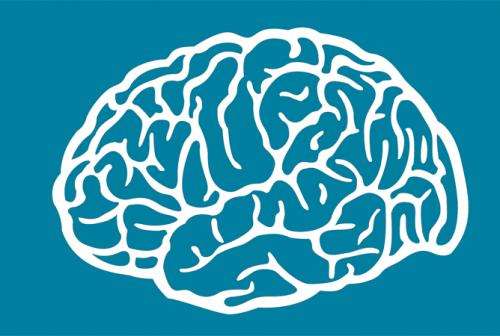The brain's RAM: Rats, like humans, have "working memory"

Thousands of times a day, the brain stores sensory information for very short periods of time in a working memory, to be able to use it later. A research study carried out with the collaboration of SISSA has shown, for the first time, that this function also exists in the brain of rodents, a finding that sheds light on the evolutionary origins of this cognitive mechanism.
In computers it's called "RAM," but the mechanism is conceptually similar to what scientists call a "working memory" in the brain of humans and primates: when we interact with the environment our senses gather information that a temporary memory system keeps fresh and readily accessible for a few minutes, so that the body can carry out operations (for example, an action). For the first time, a research team coordinated by Mathew Diamond of the International School for Advanced Studies (SISSA) in Trieste has shown that this memory system also exists in simpler mammals like rodents.
Working memory has been studied in detail in humans and primates, but little was known about its existence in other animals. "Knowing that a working memory also exists in the brain of evolutionarily simpler organisms helps us to understand the origins of this important cognitive mechanism", explains Diamond. "Comparative psychology studies have historically helped scientists not only to trace the evolutionary roots of human brain functions but also to gain deeper insight into human cognitive processes themselves."
The type of sensory memory studied by Diamond and co-workers in rats is tactile memory. The performance of rodents in tasks assessing recognition of vibratory stimuli was compared with that of humans performing similar tasks (rats used their whiskers and humans their fingertips). "Rats exhibited similar behaviour patterns to humans, demonstrating that these animals use a tactile working memory that enables them to recognise and interact with environmental stimuli." The research paper has been published in The Proceedings of the National Academy of Sciences (PNAS).
"Working memory is an extraordinary cognitive mechanism," comments Diamond. "It's like a container where the brain stores little bits of very recent experience, to be able to assess the best course of action. Without this temporary memory, experience would slip away without any chance of being used."
"Working memory can hold only a limited amount of information for a fairly short period of time. These limits are the result of a cost-benefit balance: the brain's computational capacity is fixed and decisions as to what action to take often need to be quick and effective as the same time. Our working memory's capacity is therefore the best we can achieve in terms of accuracy and speed with our brain."
"The brain regions responsible for working memory have not yet been identified in rats. Some believe that rats don't have the brain centres known as "prefrontal cortex" which are involved in this function in primates," continues Diamond. "Our surprise was to discover that rodents realize memory in a manner similar to humans. Now we are continuing our studies to understand how these mechanisms work in detail."
More information: "Tactile perception and working memory in rats and humans" Arash Fassihi, Athena Akrami, Vahid Esmaeili, and Mathew E. Diamond, Proceedings of the National Academy of Sciences, January 20, 2014, www.pnas.org/cgi/doi/10.1073/pnas.1315171111


















